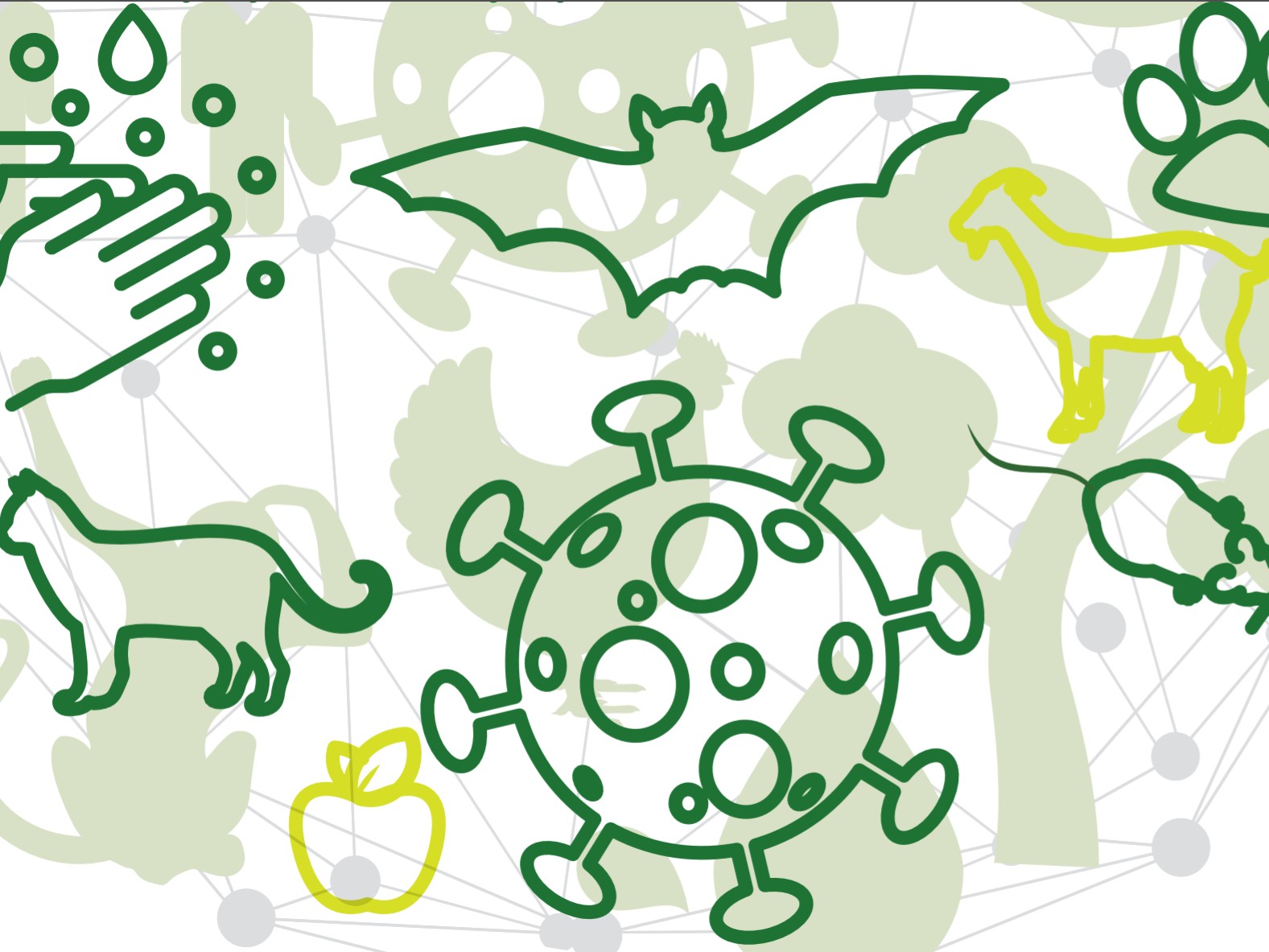 UNEP
UNEP
World Zoonoses Day -- 6 July
A report, titled "Preventing the Next Pandemic: Zoonotic diseases and how to break the chain of transmission", is being launched on World Zoonoses Day. As the COVID-19 pandemic continues to take lives and disrupt economies across the world, a new report warns that further outbreaks will emerge unless governments take active measures to prevent other zoonotic diseases from crossing into the human population, and sets out ten recommendations to prevent future pandemics.
The report is a joint effort by the United Nations Environment Programme (UNEP) and the International Livestock Research Institute (ILRI). It identifies seven trends driving the increasing emergence of zoonotic diseases, including increased demand for animal protein; a rise in intense and unsustainable farming; the increased use and exploitation of wildlife; and the climate crisis. The report finds that Africa in particular, which has experienced and responded to a number of zoonotic epidemics including most recently, to Ebola outbreaks, could be a source of important solutions to quell future outbreaks.
Seven human-mediated factors have been identified in the report as most likely driving the emergence of zoonotic diseases:
- increasing human demand for animal protein;
- unsustainable agricultural intensification;
- increased use and exploitation of wildlife;
- unsustainable utilization of natural resources accelerated by urbanization, land use change and extractive industries;
- increased travel and transportation;
- changes in food supply; and
- climate change.
The report also identifies the following key messages for decision makers, based on the evidence in this scientific assessment:
- About 60 per cent of human infections are estimated to have an animal origin. Of all new and emerging human infectious diseases, some 75 per cent “jump species” from other animals to people. Most described zoonoses happen indirectly, e.g. via the food system
- The frequency of pathogenic microorganisms jumping from other animals to people is increasing due to unsustainable human activities. Pandemics such as the COVID-19 outbreak are a predictable and predicted outcome of how people source and grow food, trade and consume animals, and alter environments.
- Diseases are emerging more frequently from animals. Rapid action is necessary to fill the science gap and fast-track the development of knowledge and tools to help national governments, businesses, the health sector, local communities and other stakeholders—especially those with limited resources—to reduce the risk of future pandemics.
- Emerging zoonotic diseases threaten human and animal health, economic development and the environment. The greatest burden of zoonotic disease is borne by poor people, but emerging infectious diseases impact everyone, with monetary losses of emerging infectious disease much greater in high-income countries. Given that a single zoonotic outbreak can incur trillions of US dollars in costs across the globe, prevention is significantly more cost-effective than response
More information:
Executive Secretary's Interview in Nature